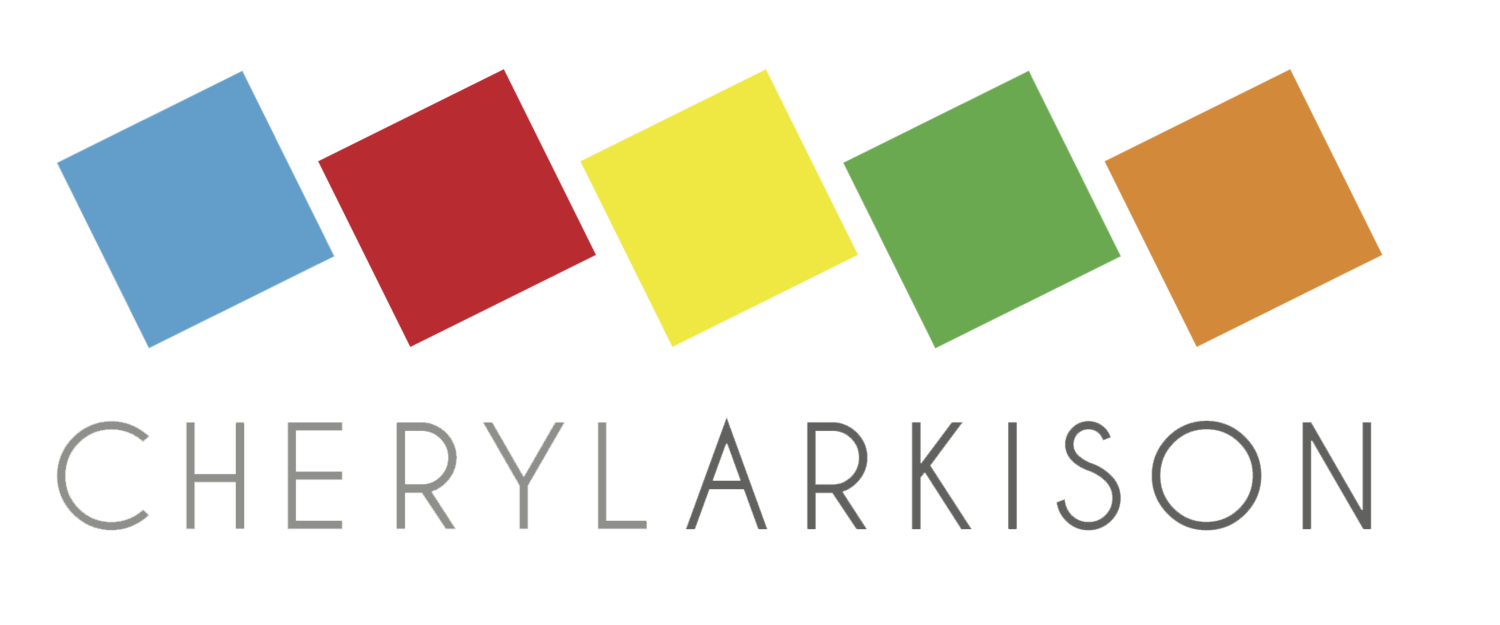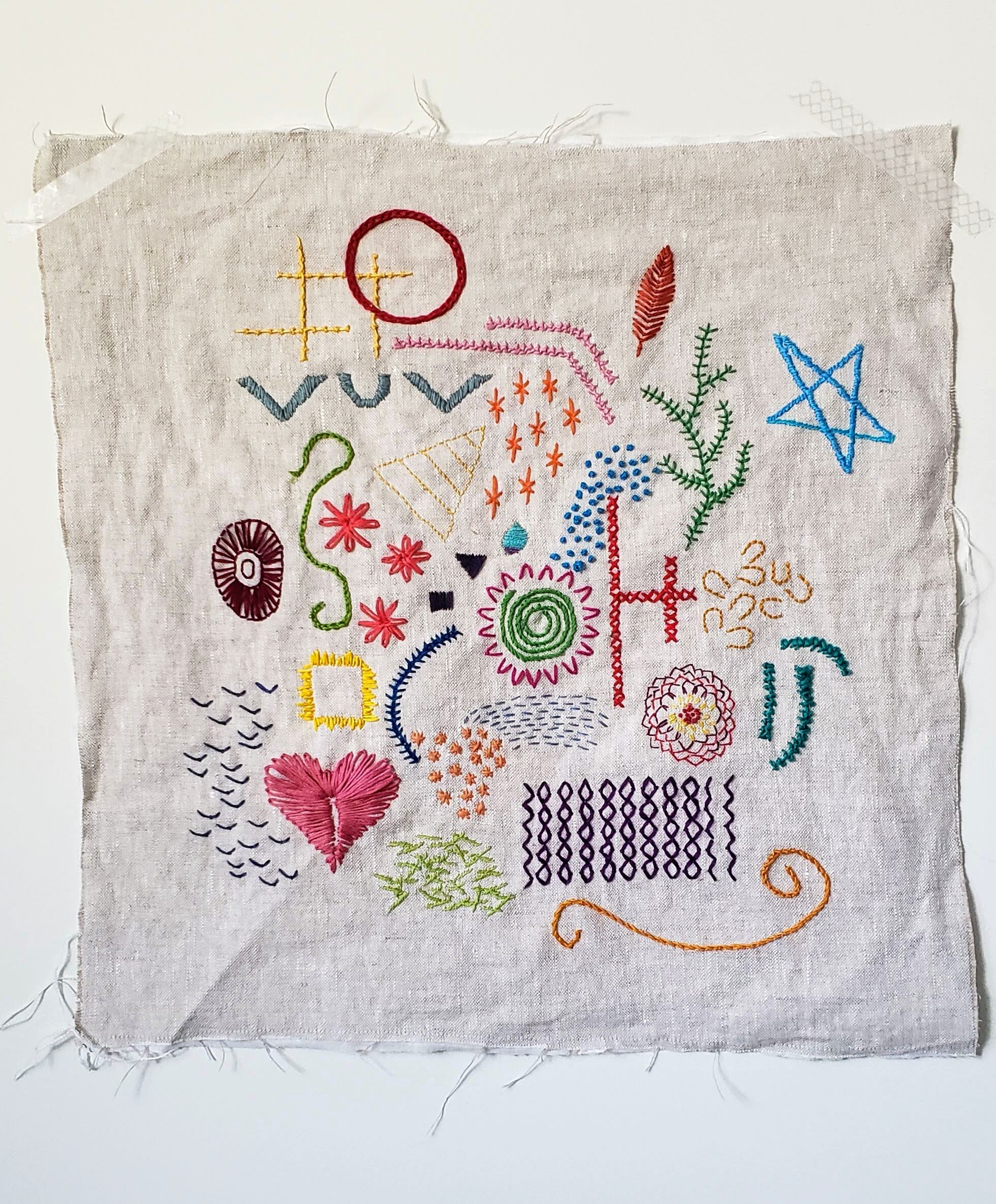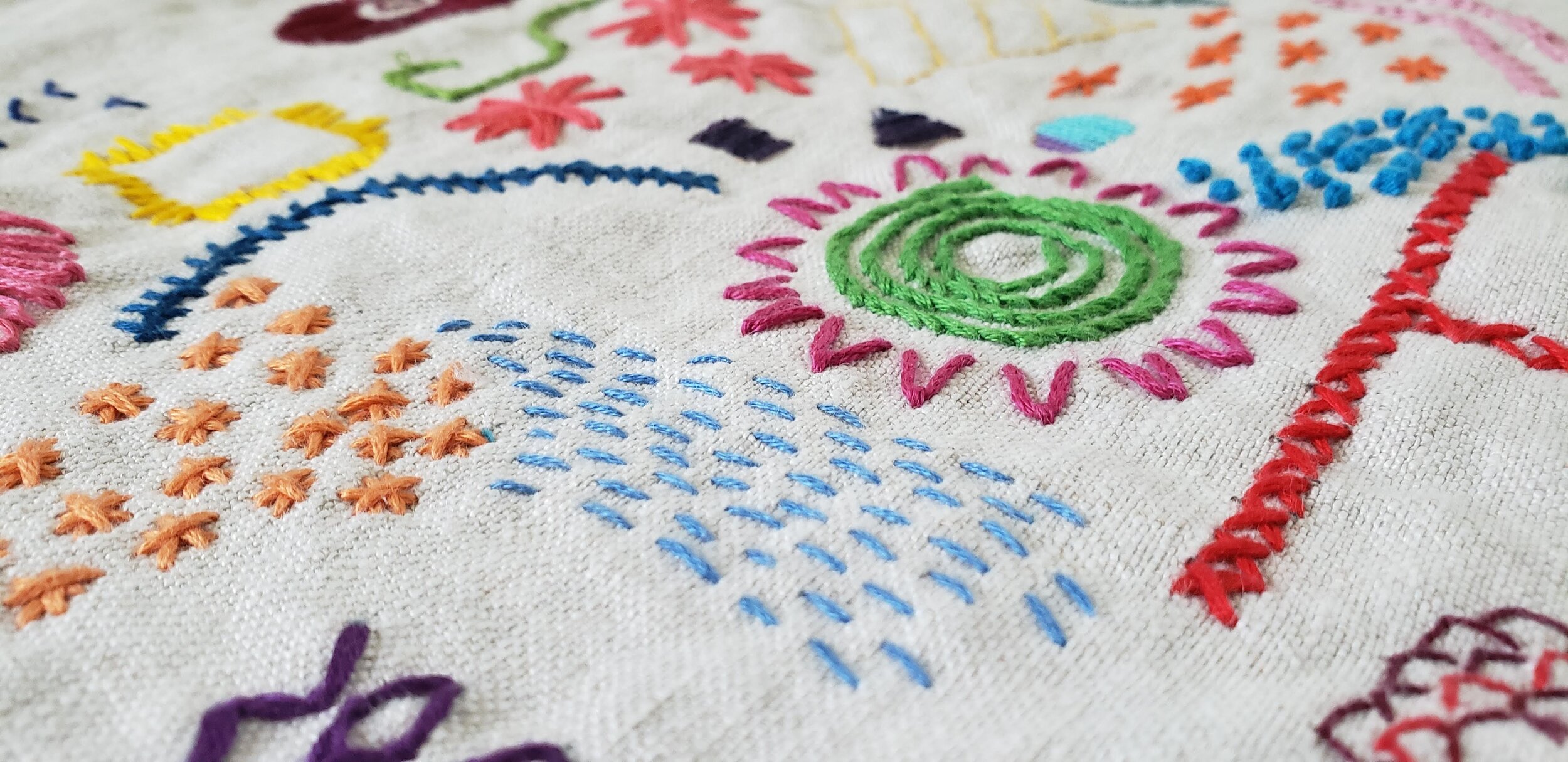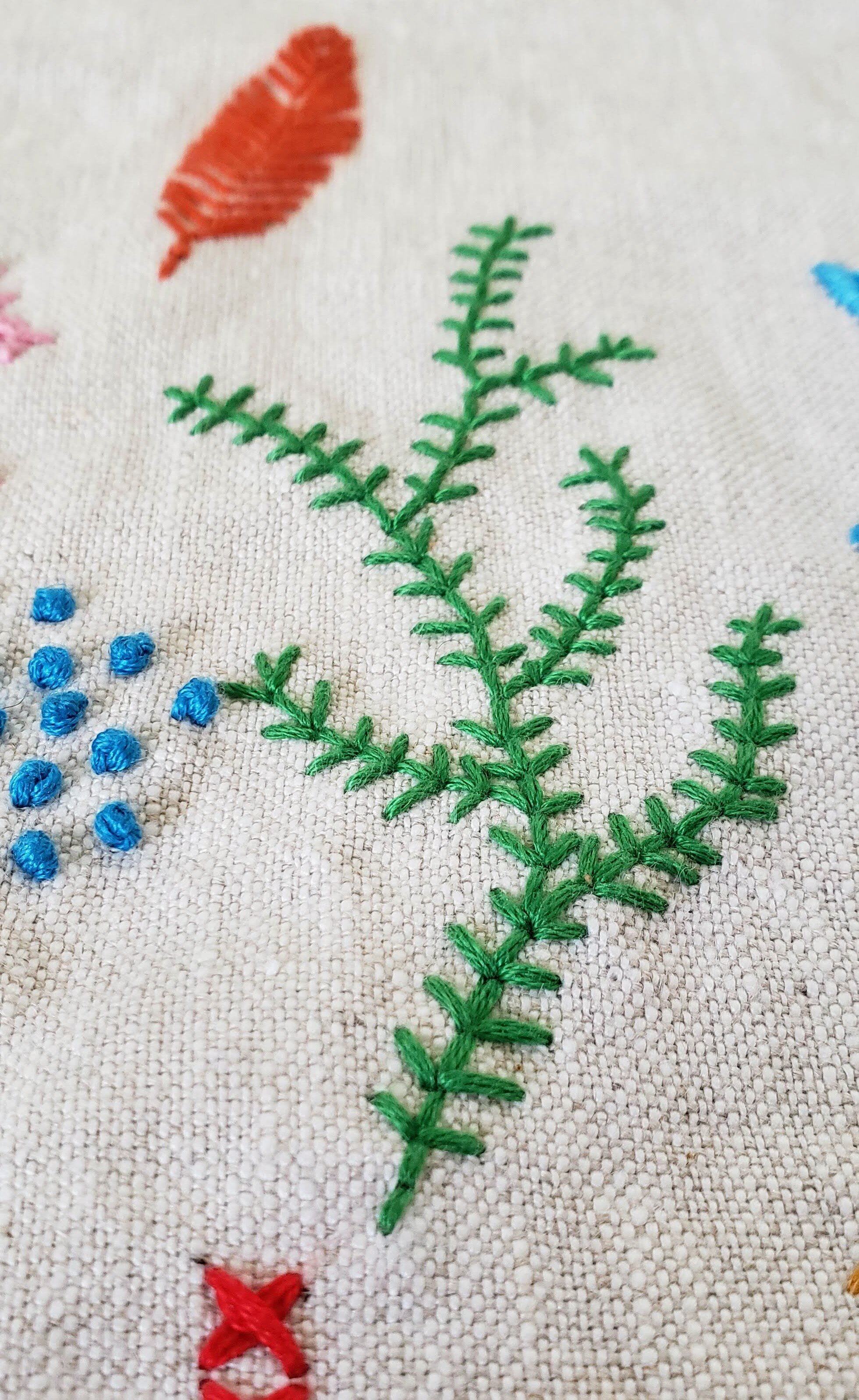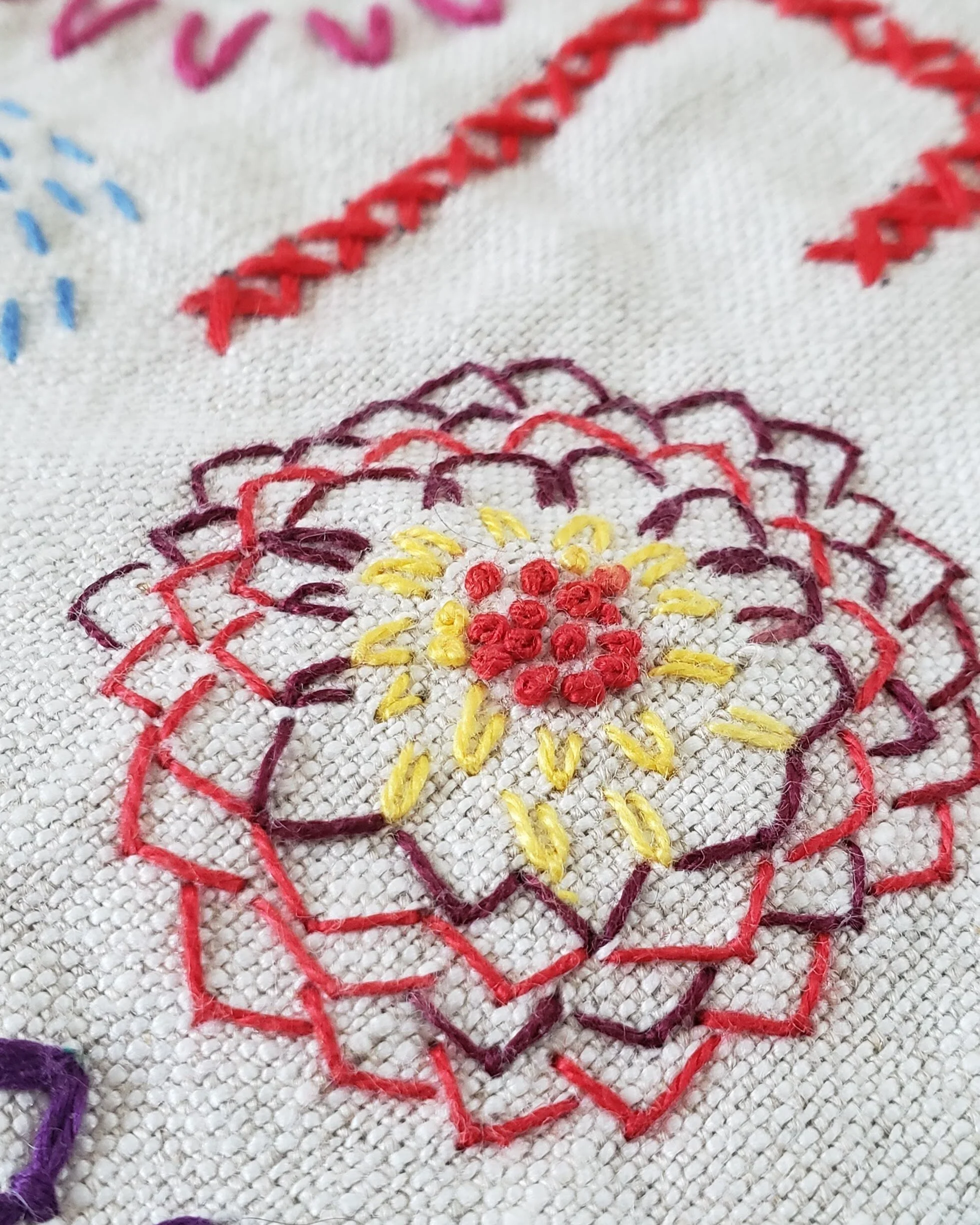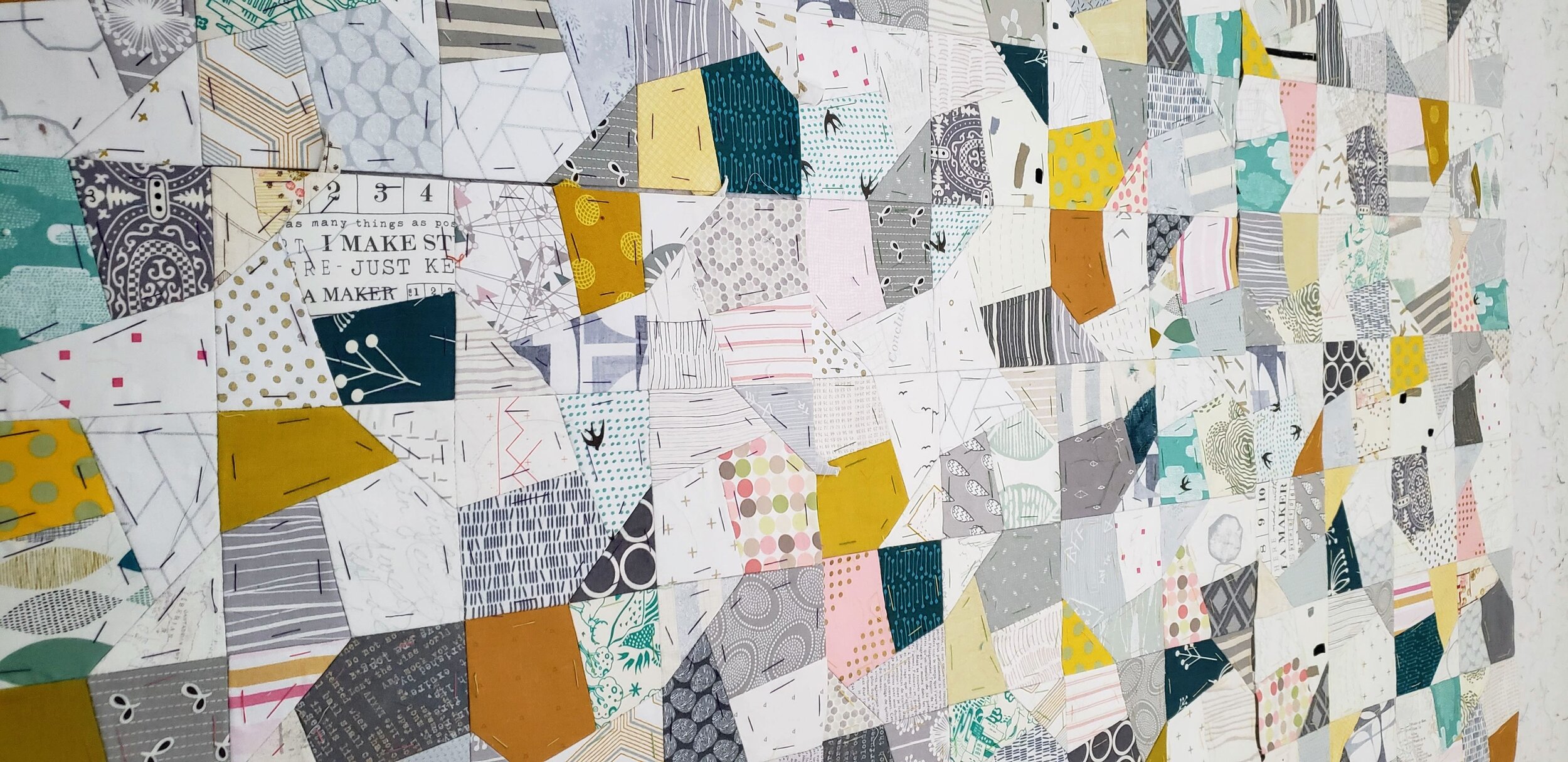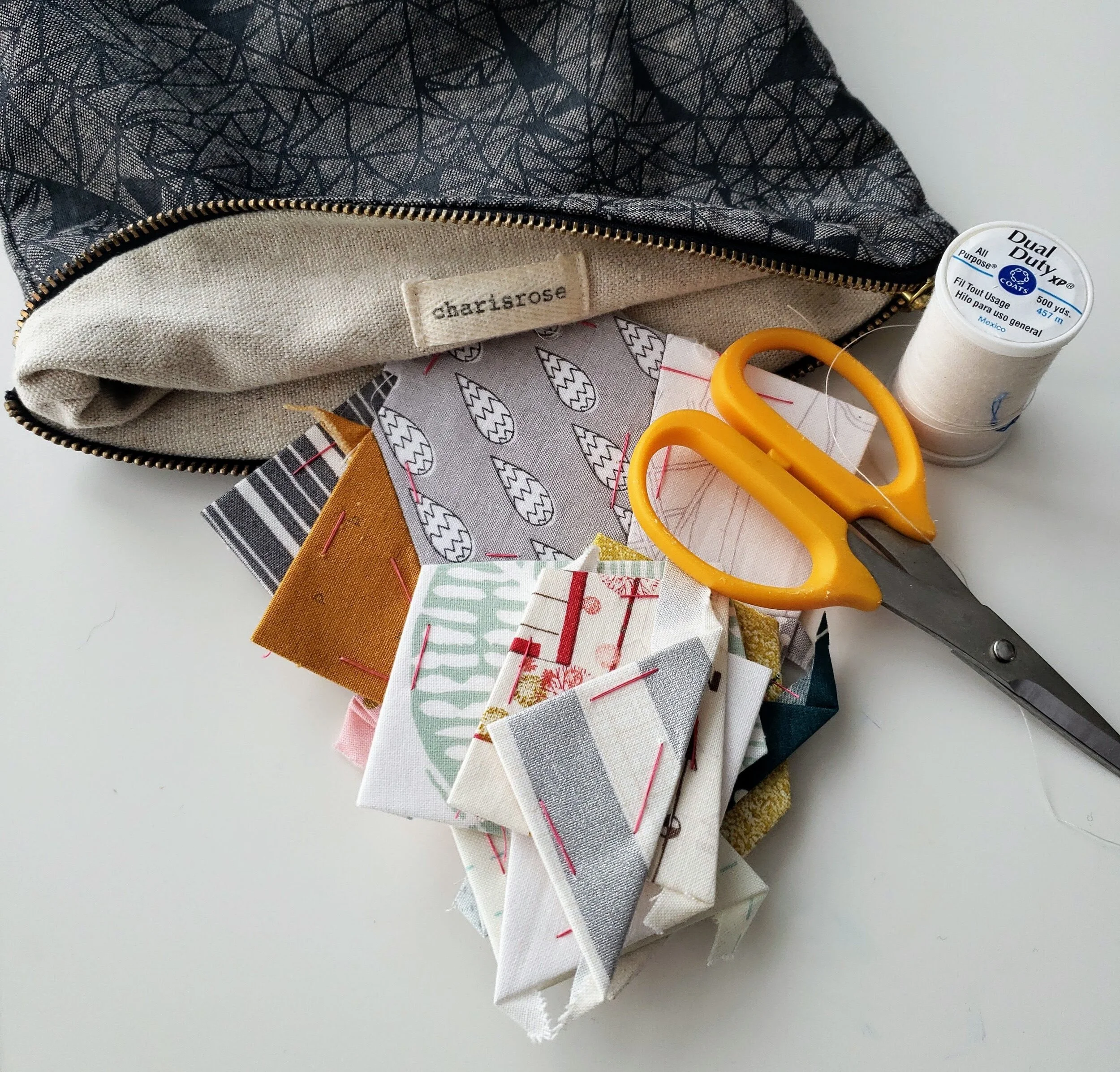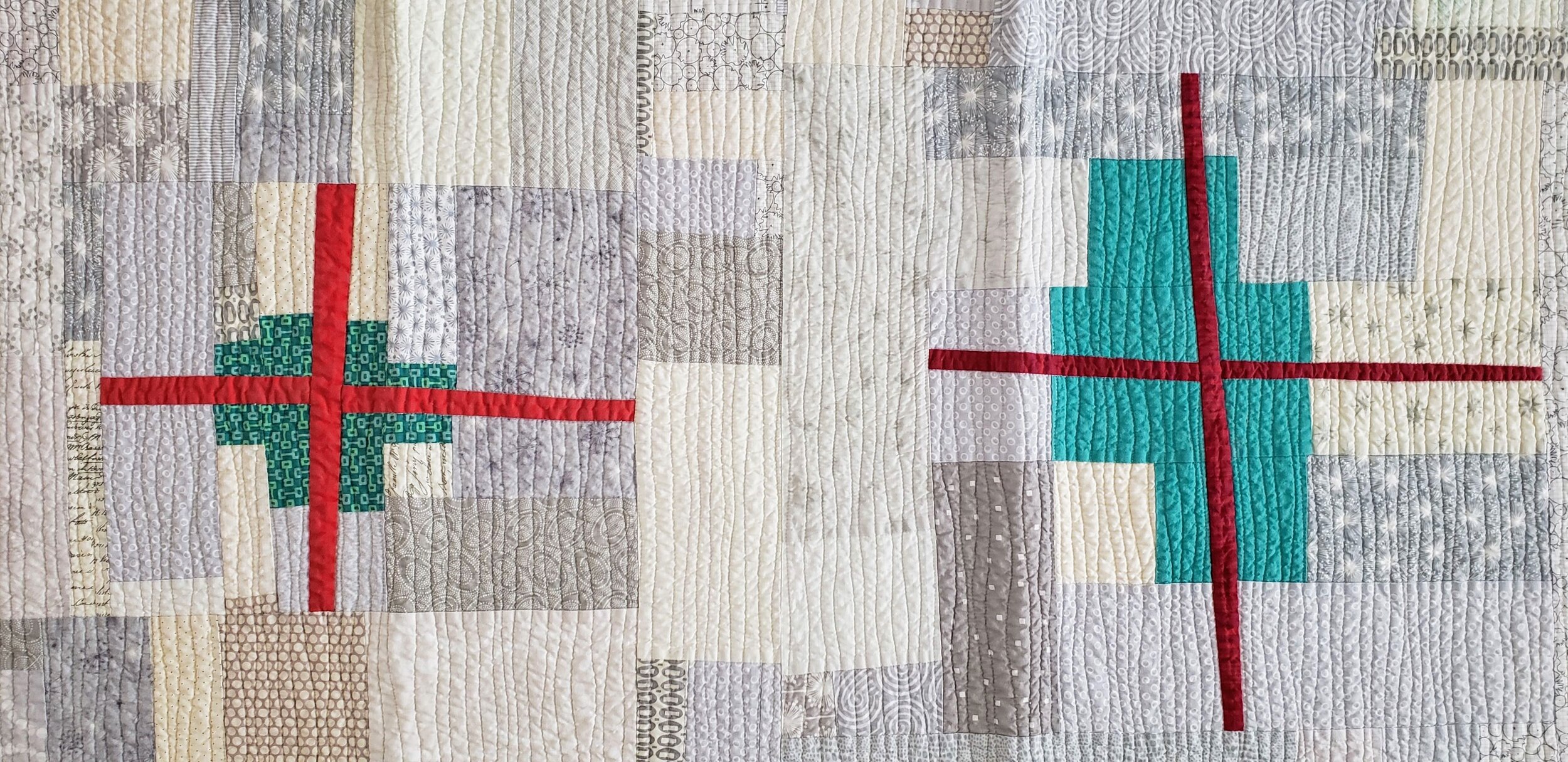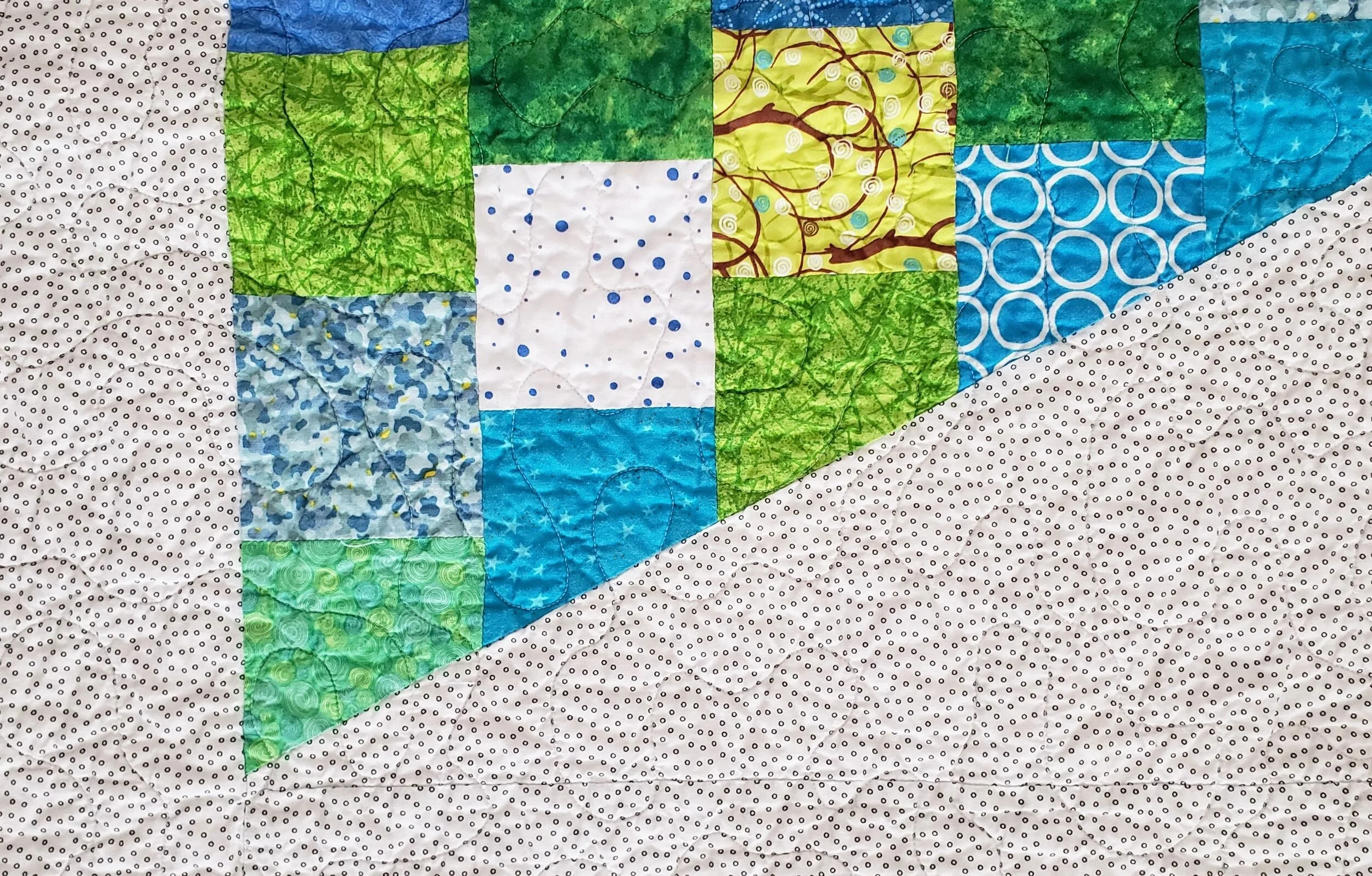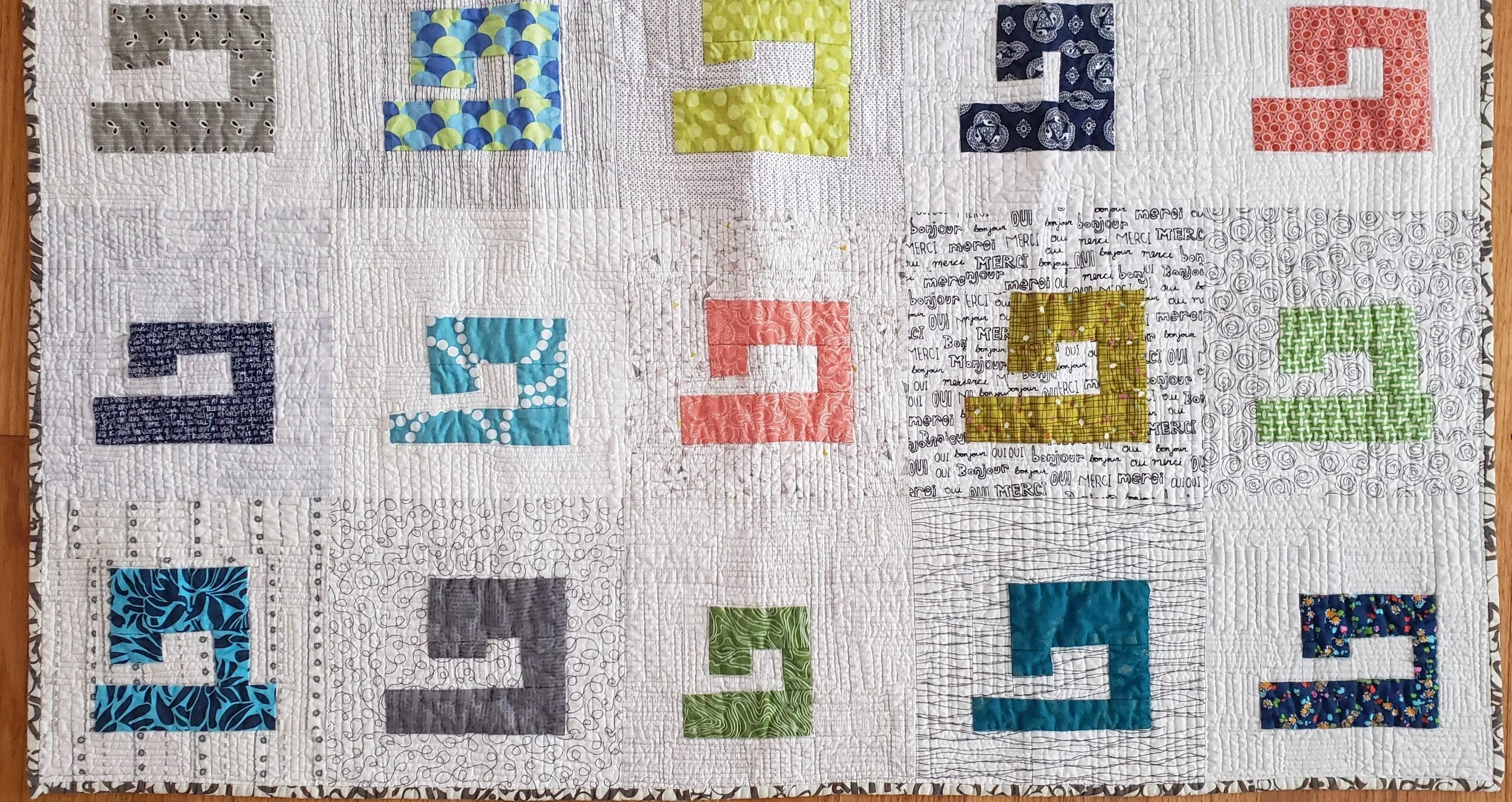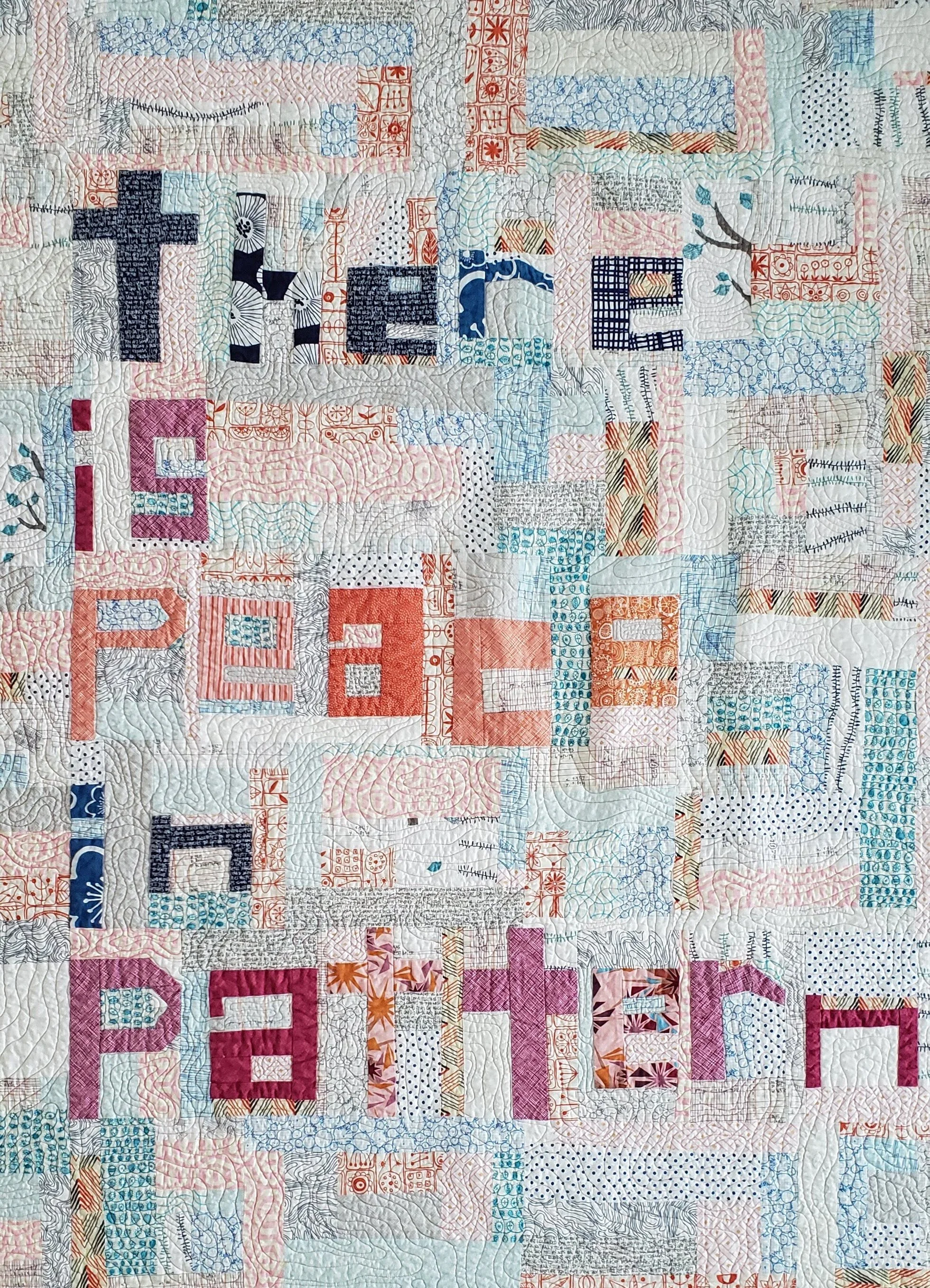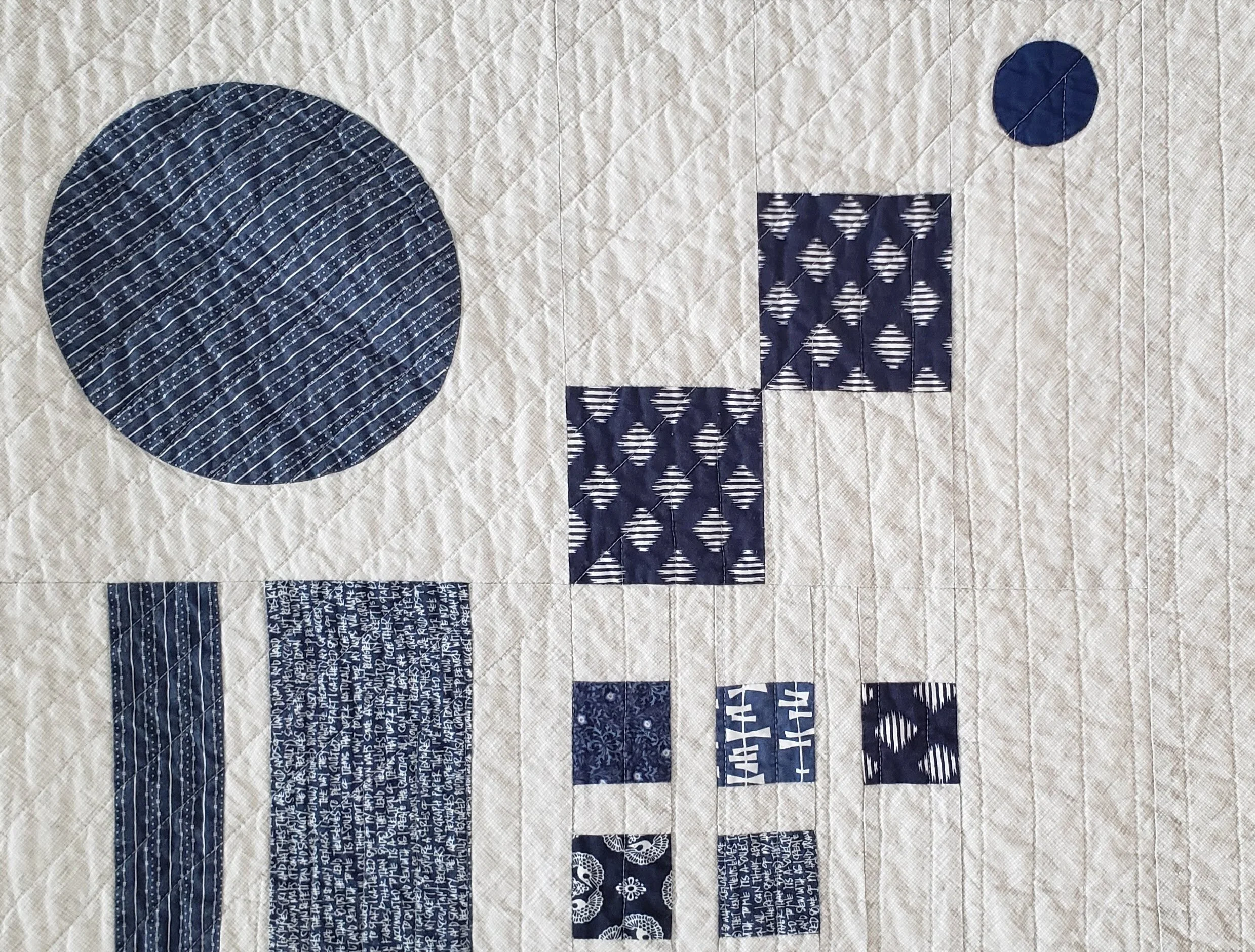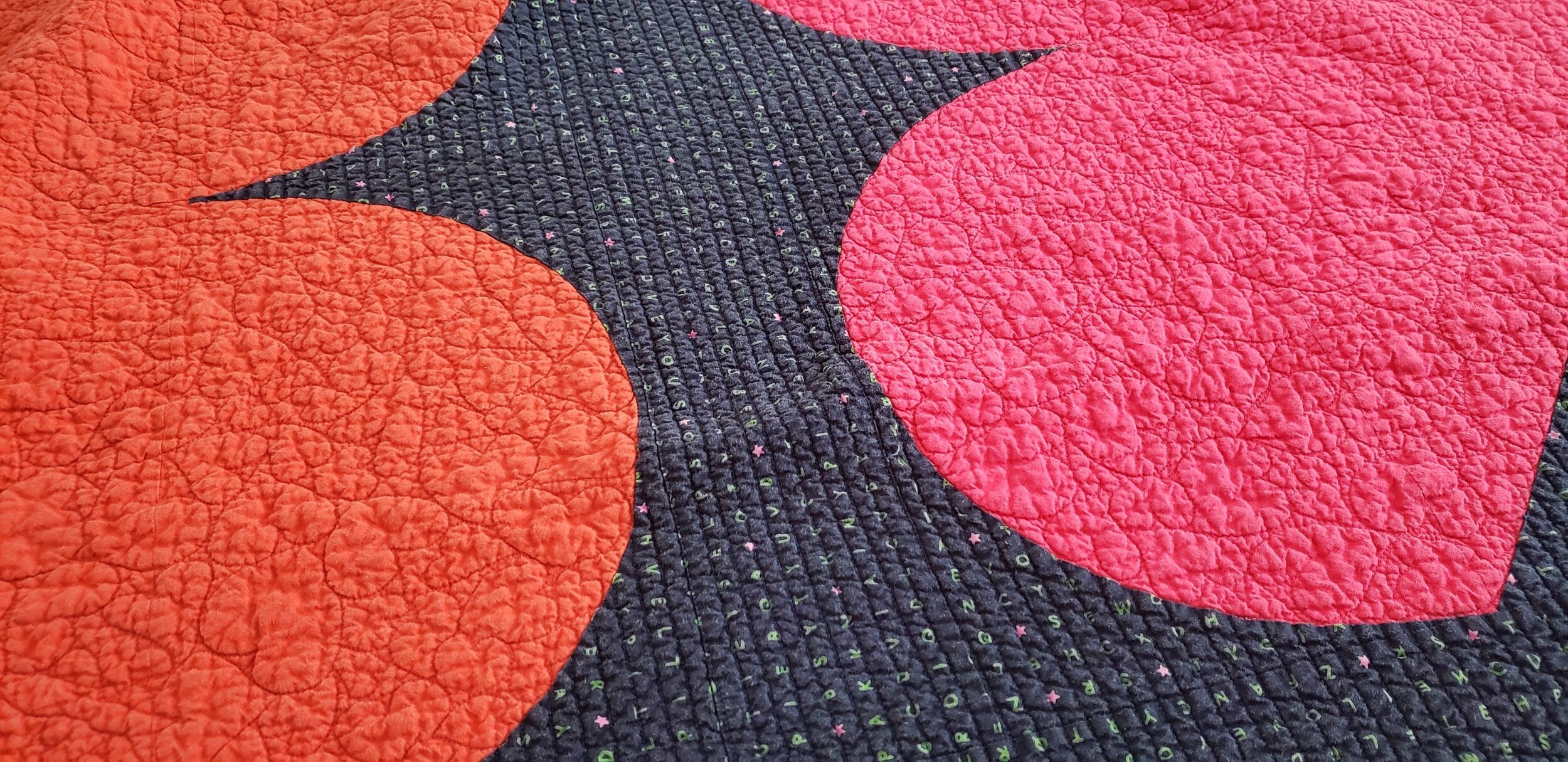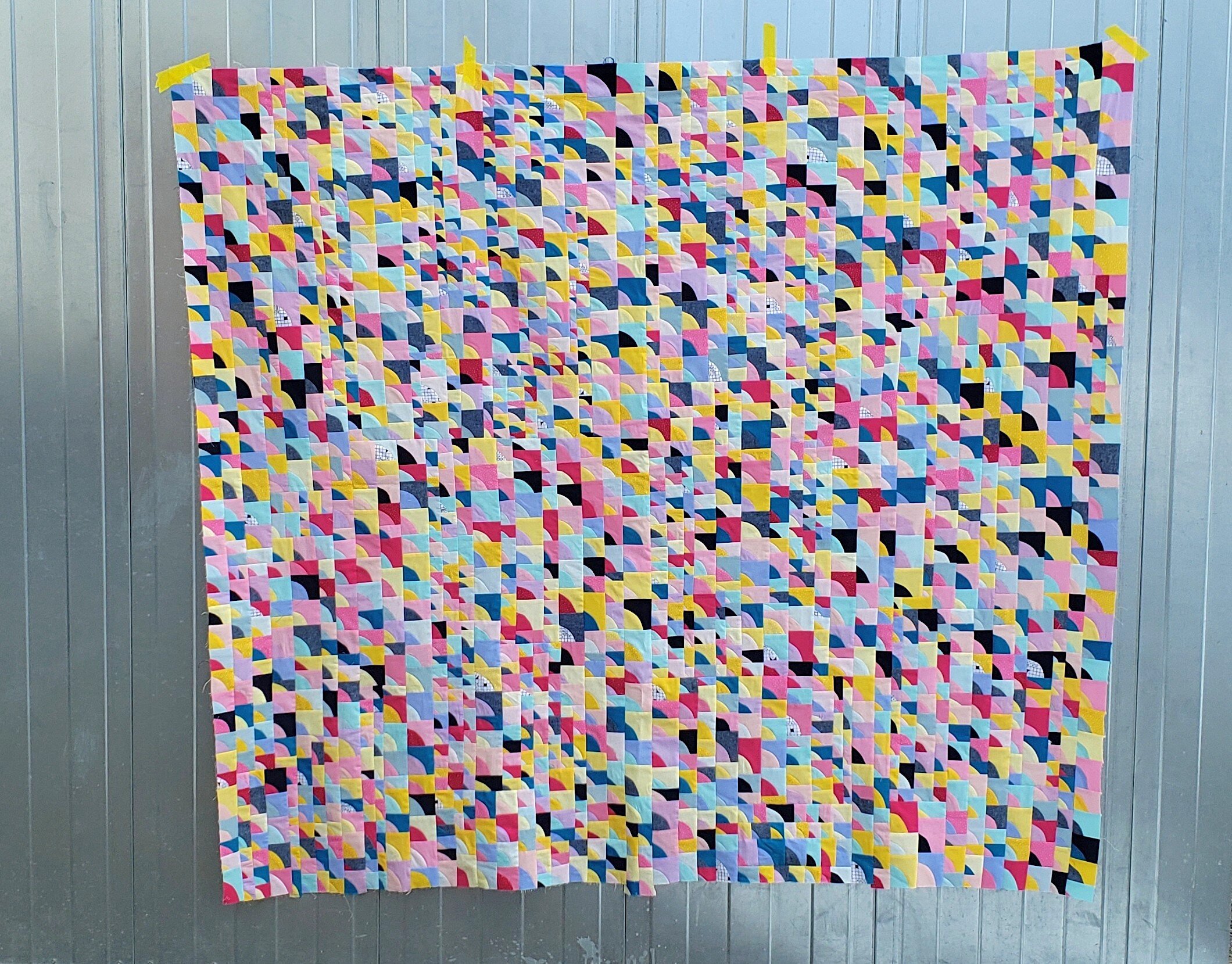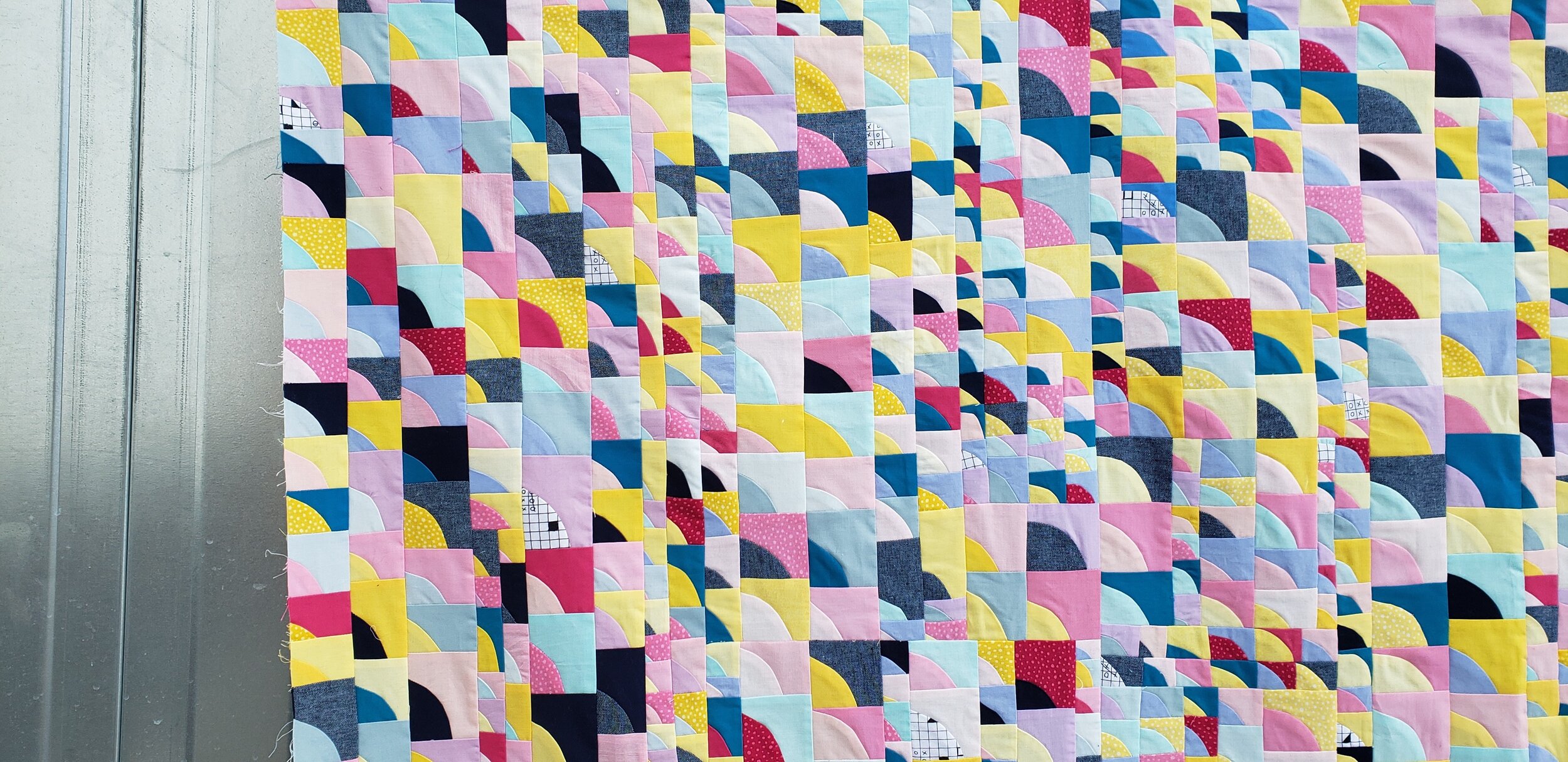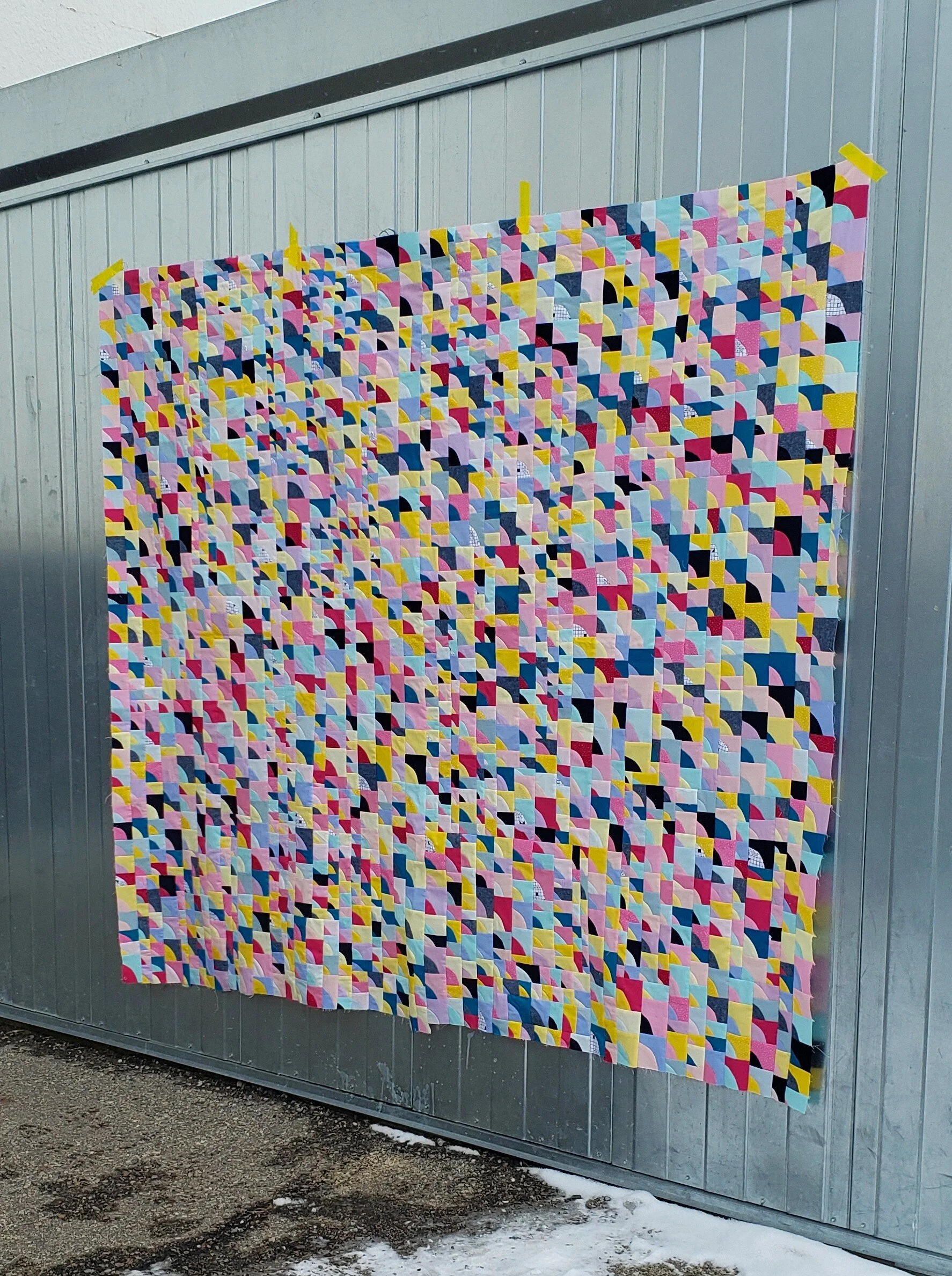As the granddaughter of the quintessential Ukrainian Baba it might have been inevitable that I would embroider something at some point. I won’t lie, I’ve avoided, even resisted, embroidery over the years. That was Baba’s thing, not mine. When the girls played around with it I could support them, but stayed out of the way. Mostly, it just never appealed to me.
For February I decided to face it. A new stitch or motif every day for all 29 days. No commitment to finish a designed piece or fill a space. Just pure experimentation and play.
I did not account for really enjoying this.
To start, I fused a stabilizer (some random one in my drawer) to a piece of linen. I dug out my Baba’s stash of embroidery floss, colour sorted thanks to one of my daughters plus my stash of Valdani threads. I found a few videos on You Tube and a couple of books on my shelf to begin. Using basic stitches like back stitch, stem stitch, lazy daisy, and a running stitch I got the first few days in. Then I looked for more things to do. The more I looked, the more I wanted to try! There are a heck of a lot of embroidery stitches out there!!!
My one stipulation was that I only use one thread per day. A couple of times it was a variegated thread so it looks like more than that though. This limitation kept me from making intricate designs, both a good and a bad thing. Good because this was about learning stitches and experimenting. Also good because I only had my 20-30 minutes in the morning and more detailed work takes time. Bad because I would get really excited and start thinking about things I could do with the stitch and patterning if I could just add another colour or alternate stitches.
This is ultimately the point of these Morning Make exercises - to see what you can do with your limitations and open up your mind to creative possibilities!
I will confess, that part of the reason I wanted to do this was to see if I could find some potential quilting stitches. You see a lot more hand work beyond the perfect quilting stitches and cliche big stitch out there. Those are great, but could I do more than plus signs/Xs? Here is the back of the piece - what do you think?
Here are some of my favourite resources for technique or inspiration:
S is for Stitch by Kristyne Czepuryk
Handiworks You Tube Channel
@kim_broidery on Instagram
Now on to March! I’ve started the month with the flu so have chosen some relaxing Colour Meditations by Lisa Solomon via CreativeBug. They’ve been a lot of fun to share with my son, who is also sick.
